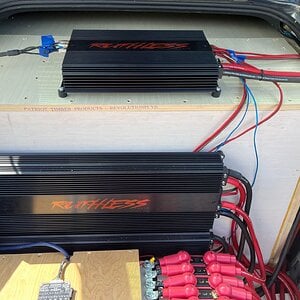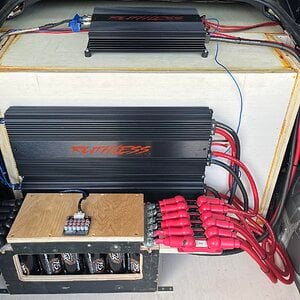digitboy123
Junior Member
I understand the function of a battery isolator during the charging phase, so no problem there.
I was under the impression that another function of the isolator is to automatically switch the vehicle's electrical system to the AUX battery when the vehicle's engine is off. Some dealers (and manufacturers) have told me this is not true, that any components I wanted to run (in-dash stereo, amplifier, lights, cigarette lighter connector, etc.) when the vehicle is OFF, would need to be directly connected to the AUX battery.
This would require new wiring to these components, separate from the regular vehicle electrical system. I thought one of the features of an isolator was to not drain the main battery if, for instance, I left the headlights on accidentally.
I don't understand how both of these statements can be true. Can someone who has used these isolators provide insight?
BTW, I am considering one of the relay-type isolators such as the True Smart Battery Isolator, Stinger SGP32 200 AMP Battery Relay Isolator and Relay, 140 Amp Dual Battery Smart Isolator by KeyLine Chargers, or similar. In other words, NOT a diode-based isolator.
Thanks in advance!
I was under the impression that another function of the isolator is to automatically switch the vehicle's electrical system to the AUX battery when the vehicle's engine is off. Some dealers (and manufacturers) have told me this is not true, that any components I wanted to run (in-dash stereo, amplifier, lights, cigarette lighter connector, etc.) when the vehicle is OFF, would need to be directly connected to the AUX battery.
This would require new wiring to these components, separate from the regular vehicle electrical system. I thought one of the features of an isolator was to not drain the main battery if, for instance, I left the headlights on accidentally.
I don't understand how both of these statements can be true. Can someone who has used these isolators provide insight?
BTW, I am considering one of the relay-type isolators such as the True Smart Battery Isolator, Stinger SGP32 200 AMP Battery Relay Isolator and Relay, 140 Amp Dual Battery Smart Isolator by KeyLine Chargers, or similar. In other words, NOT a diode-based isolator.
Thanks in advance!


